The Telescope Array Project: A Photo Tour
Up in the Air
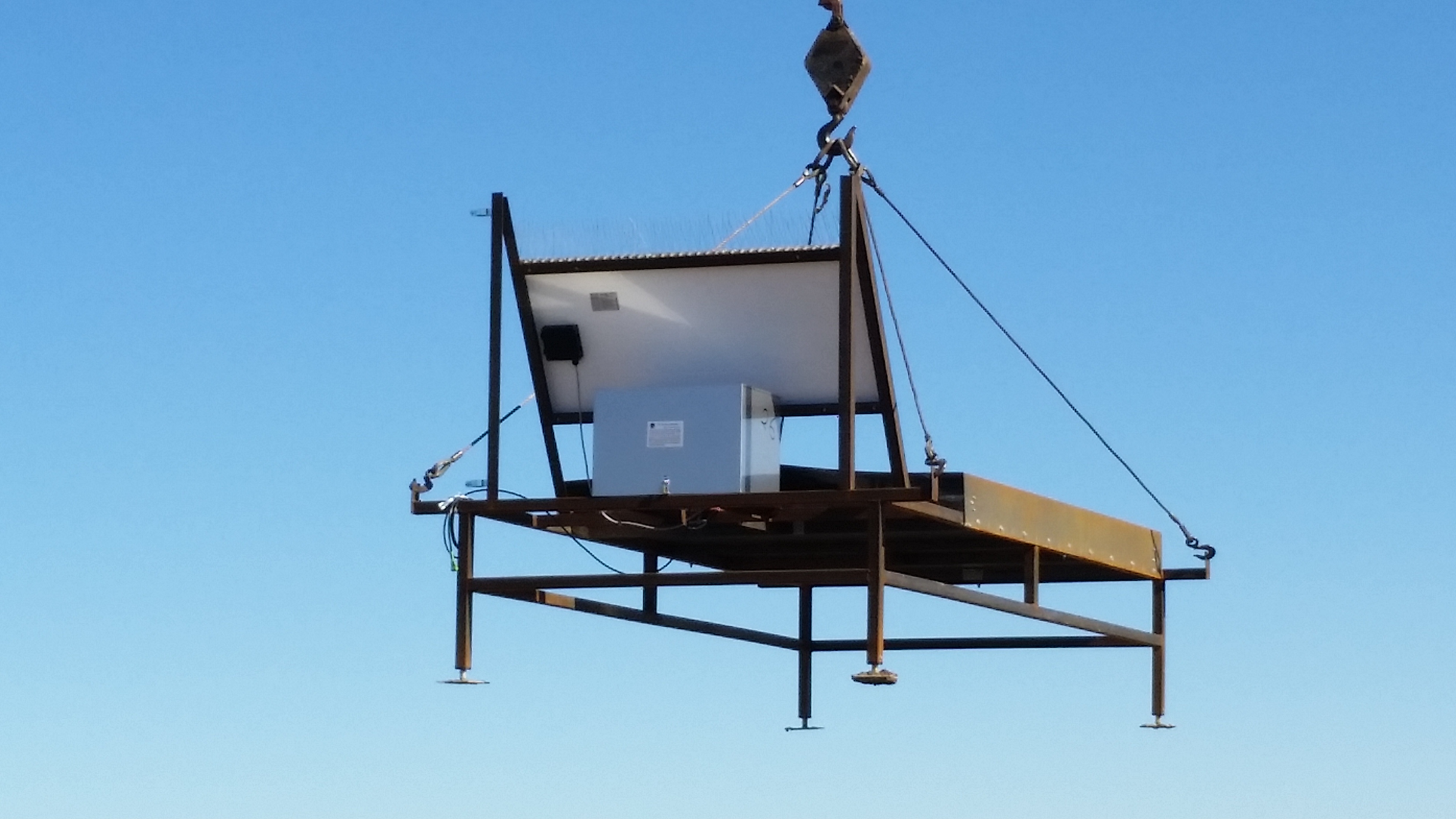
One of the detectors is seen here, suspended by a crane.
Safety Check
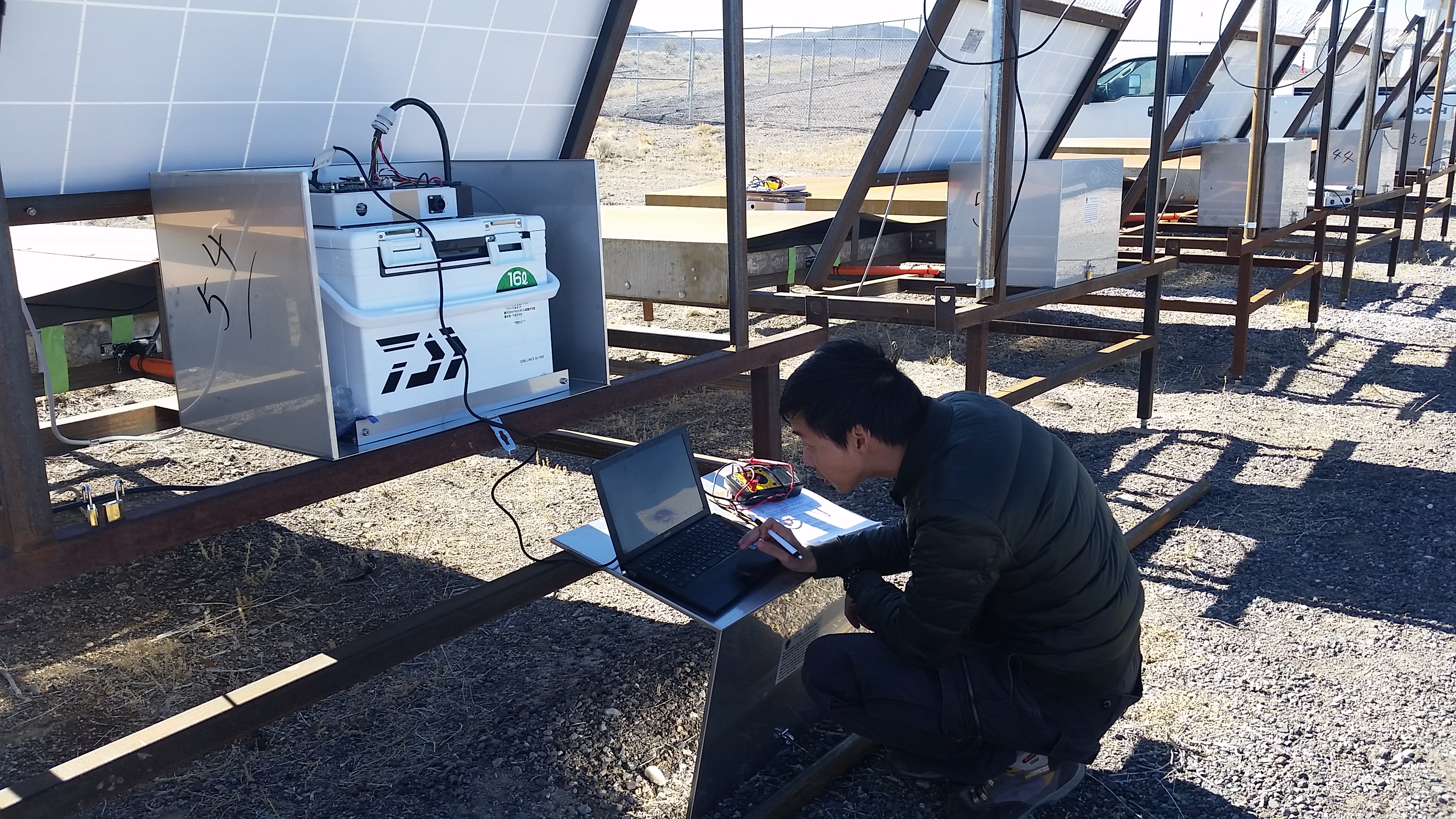
After transport, scientists check the equipment to make sure it wasn’t damaged. They will do this again after helicopters transport the SDs to their final destination.
Sensitive Parts
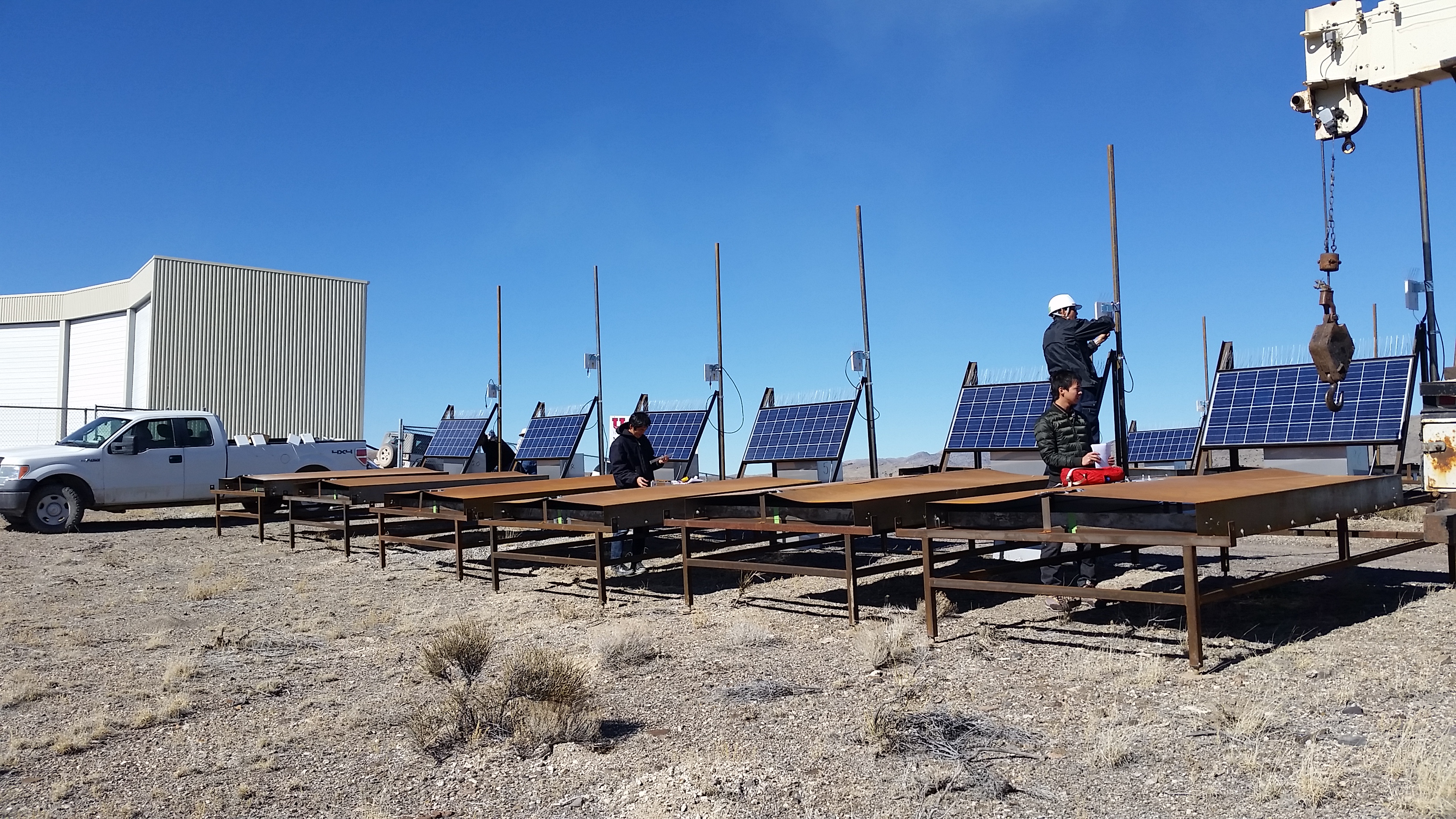
Scientists also check the sensitive electronics before operations begin.
Home Sweet Home
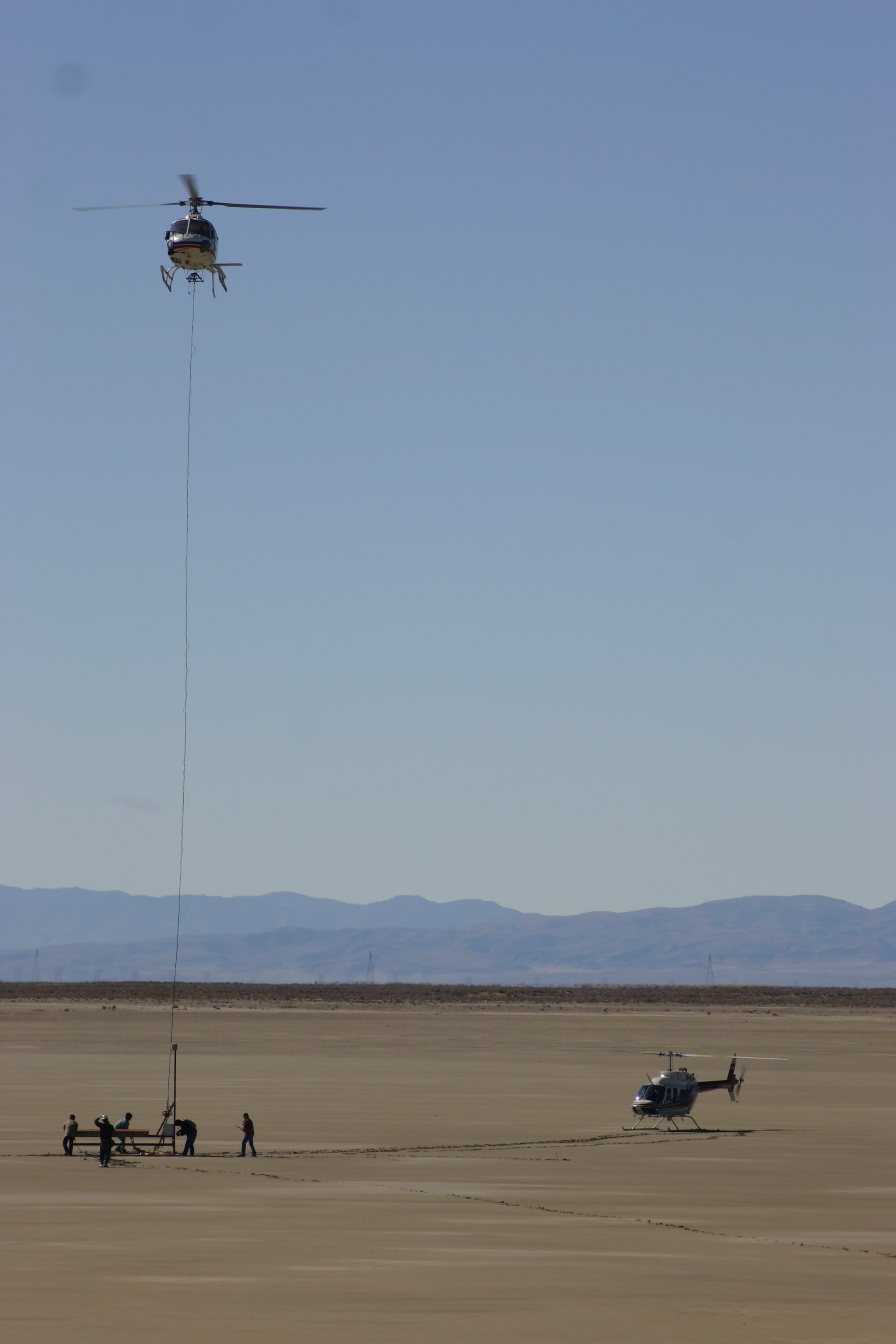
A helicopter transports the detectors to their new home, where scientists will check the electronics before leaving them. This image is from the deployment of the first batch of TA detectors.
Photomultiplier Tubes
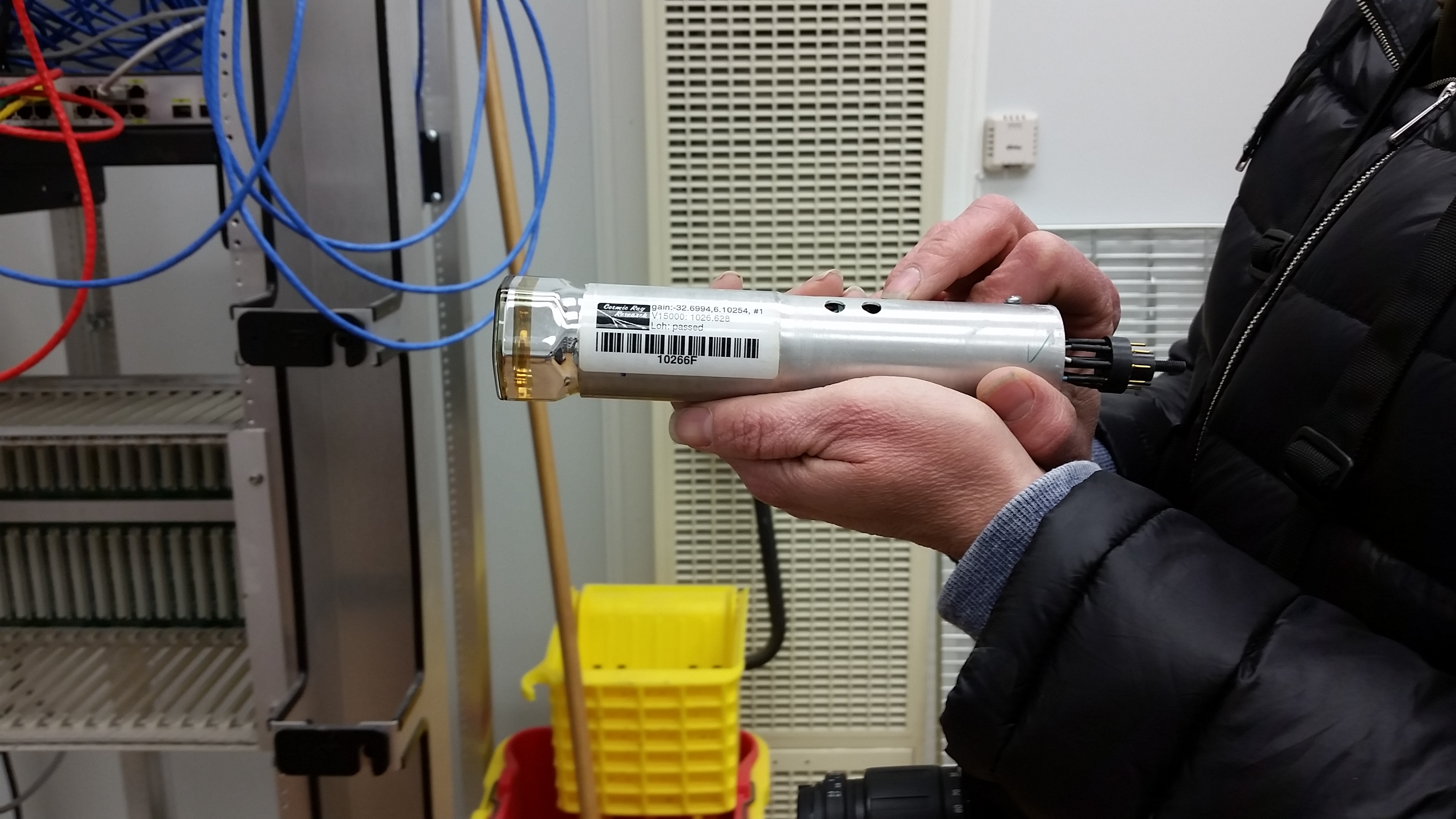
The sensitive photomultiplier tubes (PMTs) capture and amplify light within the TA project's fluorescent telescopes. These telescopes look for ultraviolet light in the night sky that is created by cosmic-ray collisions with the atmosphere.
PMTs
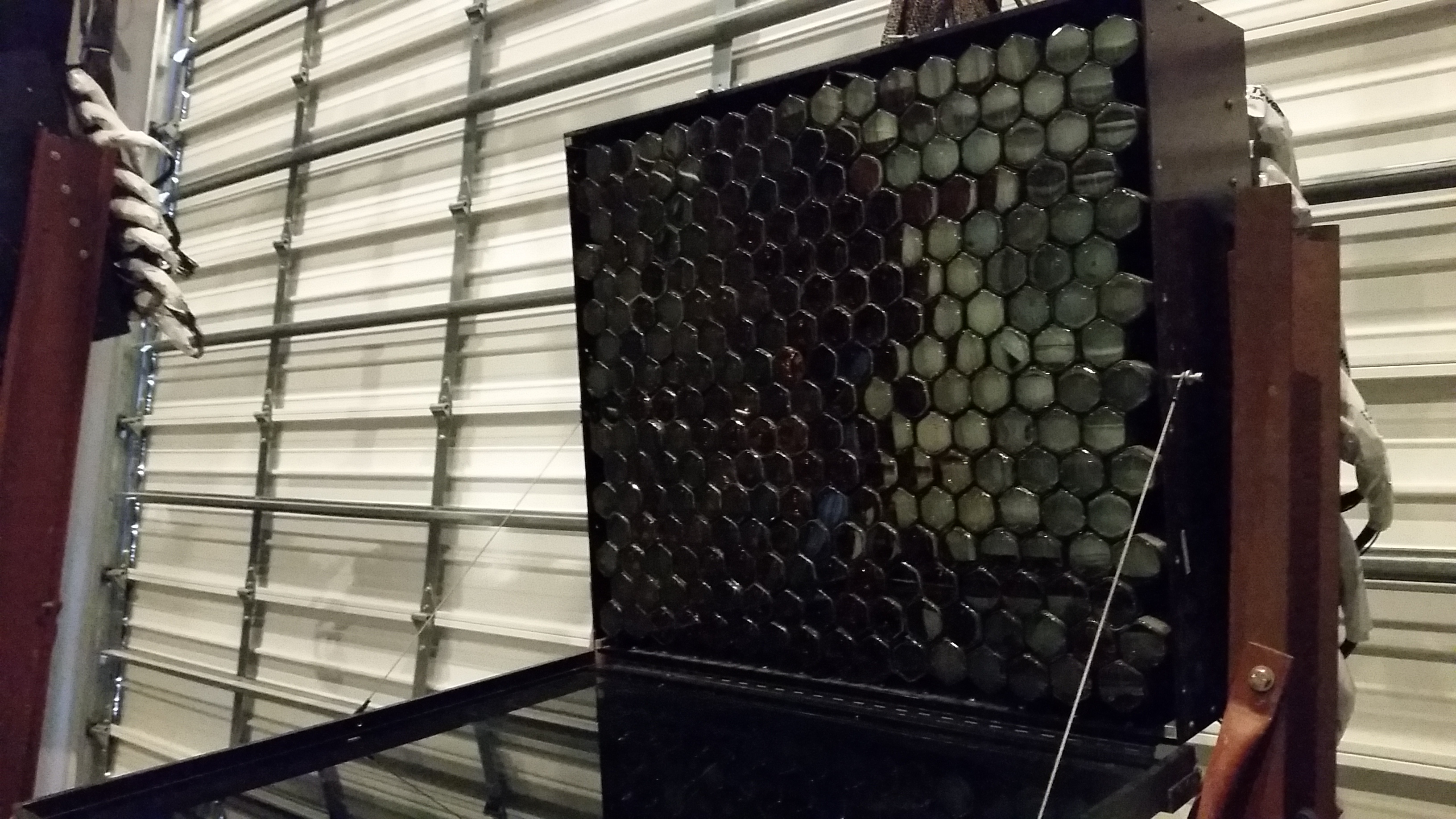
For each mirror, 256 PMTs sit in a box. Light reflects from the mirror to the PMTs, which amplify the signal.
Cloverleaf Mirrors
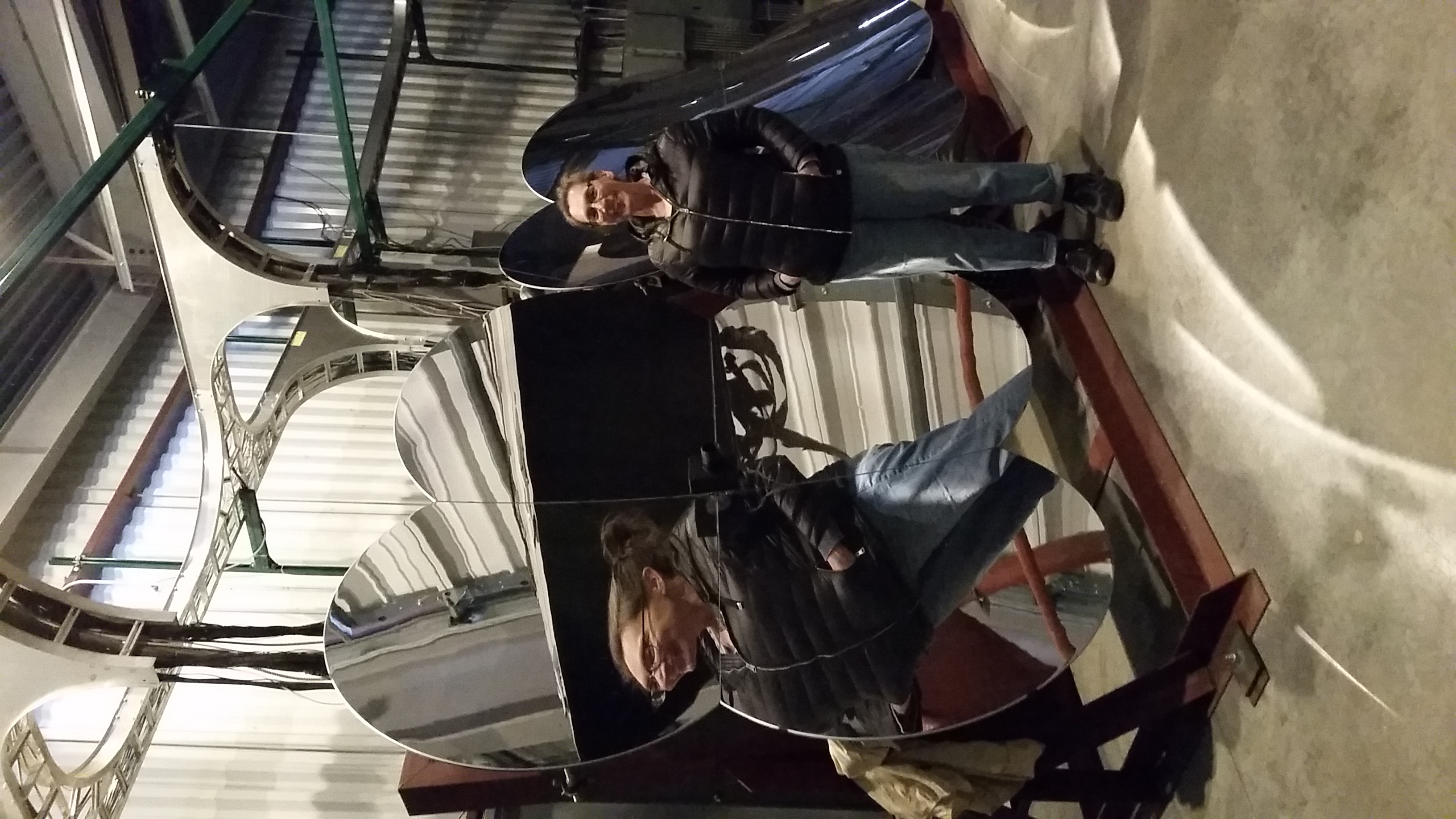
Callahan poses near one of the cloverleaf mirrors used in the fluorescent telescopes that look for flashes of light created when cosmic rays interact with atoms in Earth's atmosphere.
Get the Space.com Newsletter
Breaking space news, the latest updates on rocket launches, skywatching events and more!
Sets of Mirrors
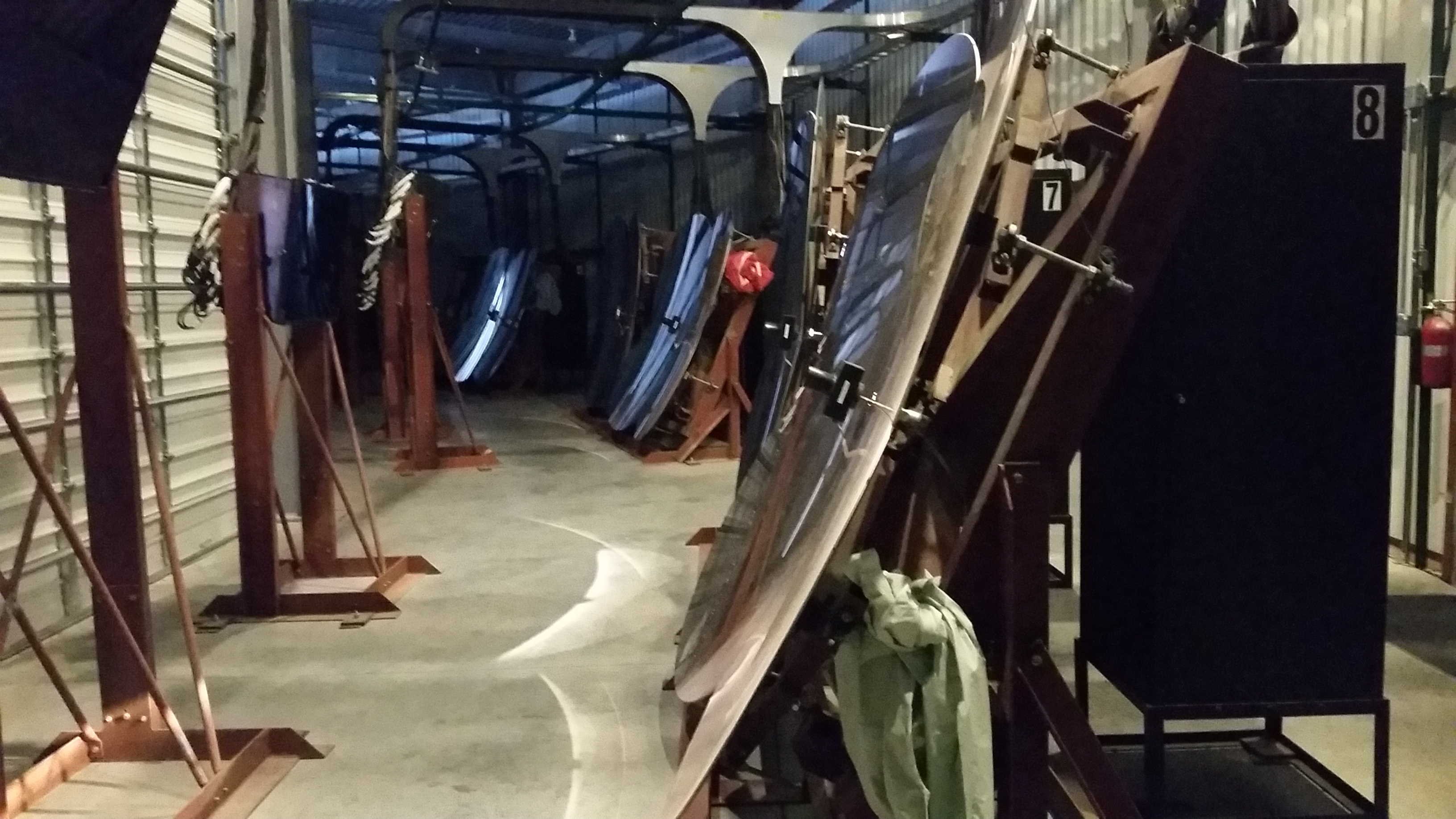
Fourteen sets of mirrors are part of the Telescope Array, while another 10 make up the Telescope Array Low Energy Extension, an upgrade to the TA that will search for cosmic rays of lower energies.
Robert Cady
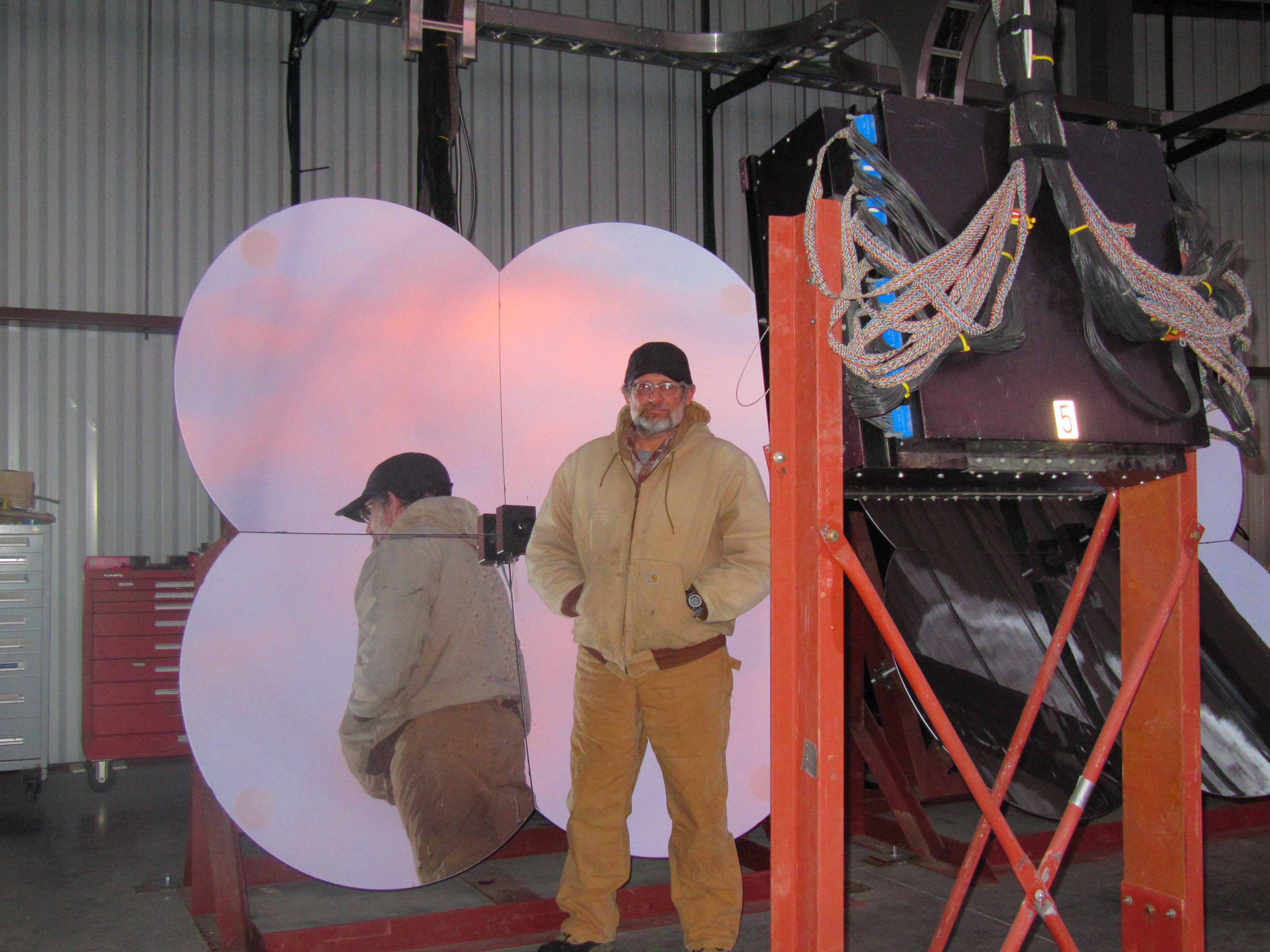
Robert Cady, an assistant research professor at the University of Utah who is working on the TA experiment, stands near one of the TA telescope mirrors after the sun has gone down.
Fluorescent Telescopes
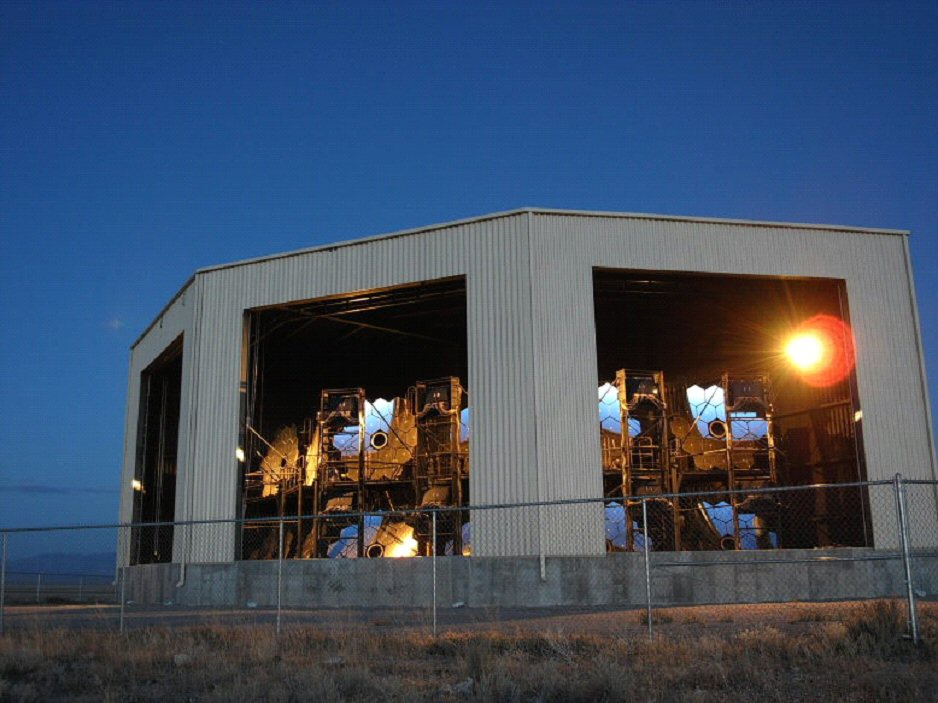
After the sun sets over the desert, the fluorescent telescopes go to work.
Join our Space Forums to keep talking space on the latest missions, night sky and more! And if you have a news tip, correction or comment, let us know at: community@space.com.

Nola Taylor Tillman is a contributing writer for Space.com. She loves all things space and astronomy-related, and enjoys the opportunity to learn more. She has a Bachelor’s degree in English and Astrophysics from Agnes Scott college and served as an intern at Sky & Telescope magazine. In her free time, she homeschools her four children. Follow her on Twitter at @NolaTRedd









